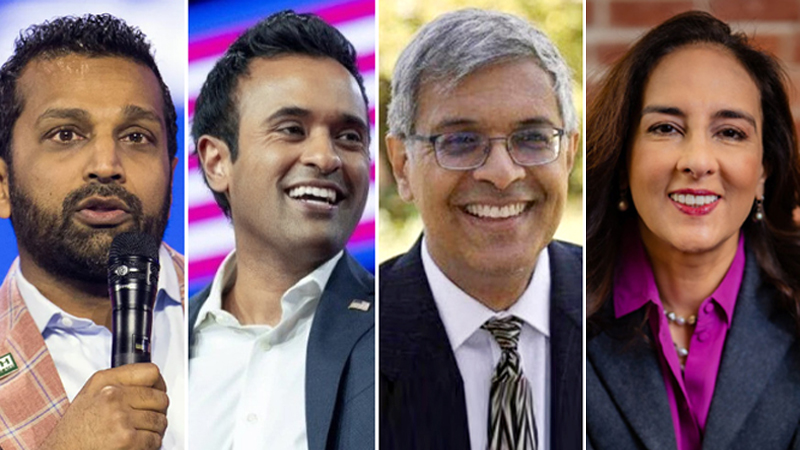While the United States prepares for the swearing-in ceremony of Donald Trump, on January 20, as the next President, a wary world waits to see what’s in store for one of the world’s most developed nations.
Trump in his first avatar as US President brought in a number of changes, not just to the US but also to many of the existing global institutions. Now, Europe, Canada and India, along with the rest of the world, expect a dramatic change in the White House, which brings with it a different set of administrators to tackle.
For India, the relationship with the US in the last decade progressed well, despite a few occasional hiccups. And it was true for both the Republican and Democrat Presidents. Hence India is not really at an unease regarding Trump 2.0, though there are some red flags. The primary one is, of course, immigration and the expectation that Trump 2.0 will be harder on both illegal and legal immigration. Then, there are concerns on human rights and minority issues, which time and again have shook the India-US ties.
Interestingly, Trump 2.0 is likely to have some major positions allotted to Indian-Americans, which points to how the bilateral relationship could shape up. Some of the appointees include Kashyap Kash Patel, a former federal prosecutor, who has been named as Director of the Federal Bureau of Investigation (FBI), Vivek Ramaswamy who (along with Elon Musk) will head the Department of Government Efficiency, Jay Bhattacharya will head the National Institutes of Health, and Tulsi Gabbard (a practising Hindu) will be Director of National Intelligence. The latest to join the list is Harmeet Dhillon, who has been appointed as Assistant Attorney General (US Department of Justice). That in itself is an impressive list, and the positions that Indian-Americans will be holding are an important part of the Trump 2.0 administration.
But even as India feels proud that many in its diaspora are doing well in diverse fields, the harsh reality is that it does not significantly impact India-US relations. A part of diaspora politics is also the understanding that while countries of origin are important, in a political space it is the country one serves that takes precedence. For instance, Harmeet Dhillon was supportive of the farmers’ protests in India while being critical of the handling of the same by the Indian government. But that can also largely be understood as a broad policy outreach where most of the western nations were critical of India’s indifference to the protests. Once a part of the Trump 2.0 set-up, India should be prepared to see them representing the interests of the US and not anything else.
Indian Prime Minister Narendra Modi has shared a great bonhomie with incoming President Trump. It was quite evident during the first Trump Presidency and one can safely assume that this personal chemistry will endure in the coming term. For India, its ties with the US in the last decade or so have become more significant. The one forum where this is visible is the formation of the Quad (US, India, Japan and Australia are members). Even though this is never acknowledged publicly, the Quad is an attempt to control the ambitious rise of China in the region and the world. The US today needs a strong India to take on China, and that is probably the best reason as to why despite the changes in the White House, this forum and the India-US bond have remained strong.
Not to forget here that the soon-to-be Second Lady Usha Vance is also of Indian origin. That makes for a solid presence of Indians in the White House and the incoming administration. But a note of caution should remain, that while on an emotional level, the bonds between the people of diaspora and the country from where they or their parents belong to, is strong; in the political space this will have little significance. Again, this might gain more traction in areas of ‘soft power’ play because that is an area of international politics which allows one greater space to manoeuvre.
At the end of the day, there is much to cheer that Indians abroad are doing well. How that translates into the public sphere is something that will unfold in the next year or so. So, all eyes on Trump 2.0 with Indian-Americans alongside in the spotlight. – Simran Sodhi is Executive Editor of nrifocus.com


Leave a Reply